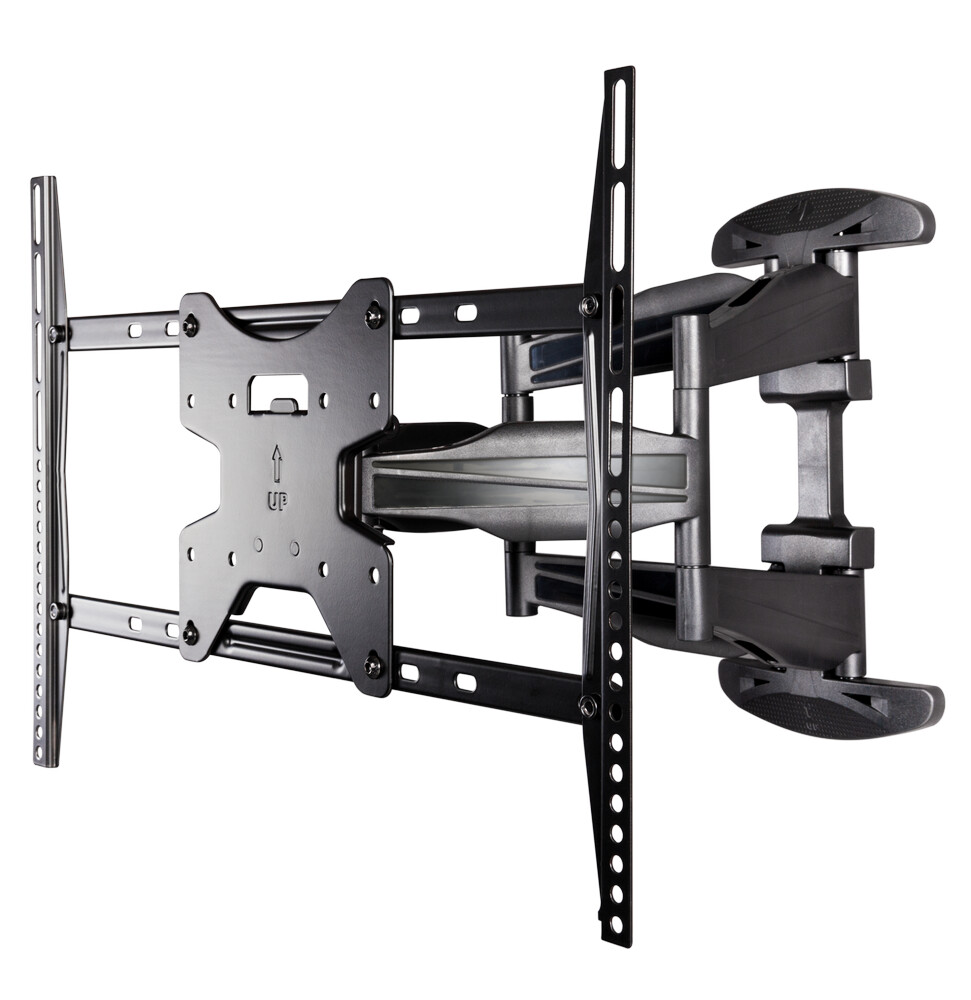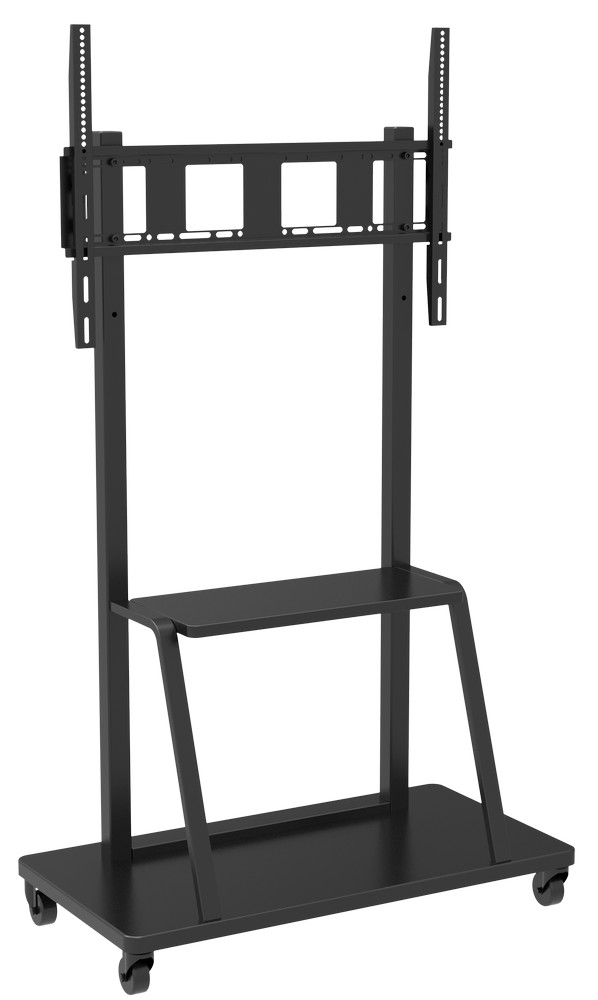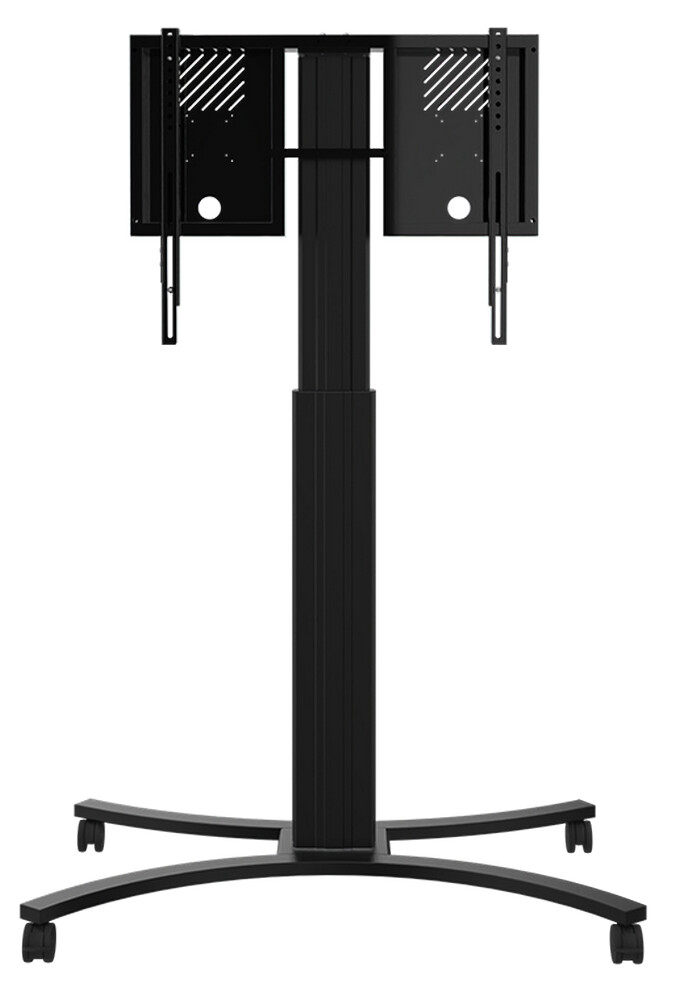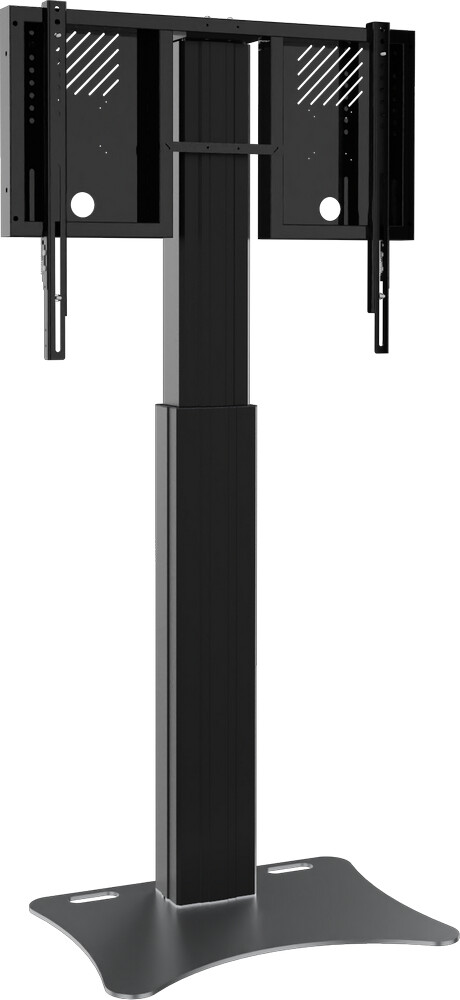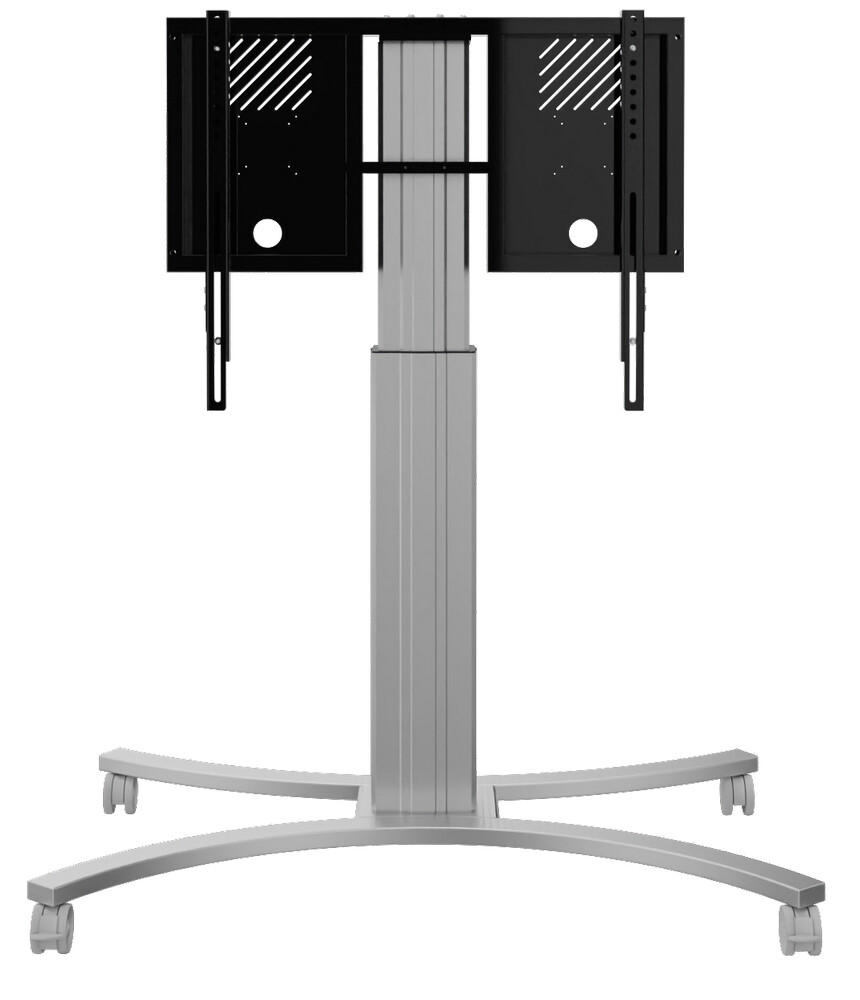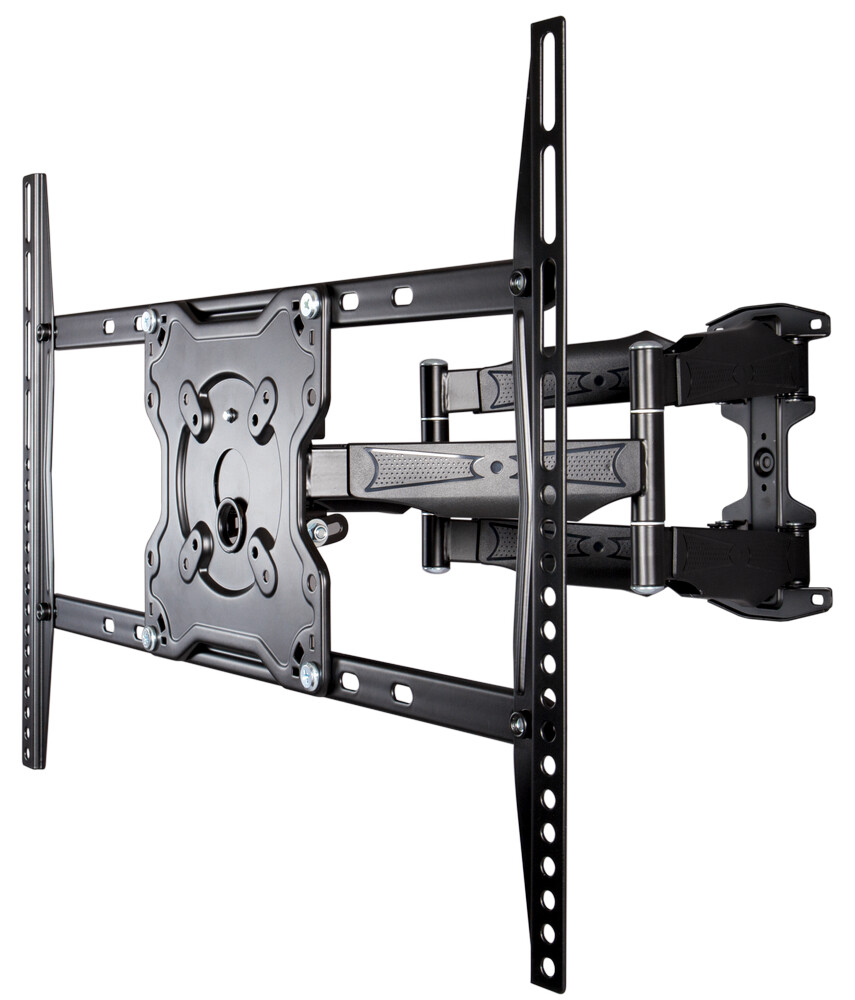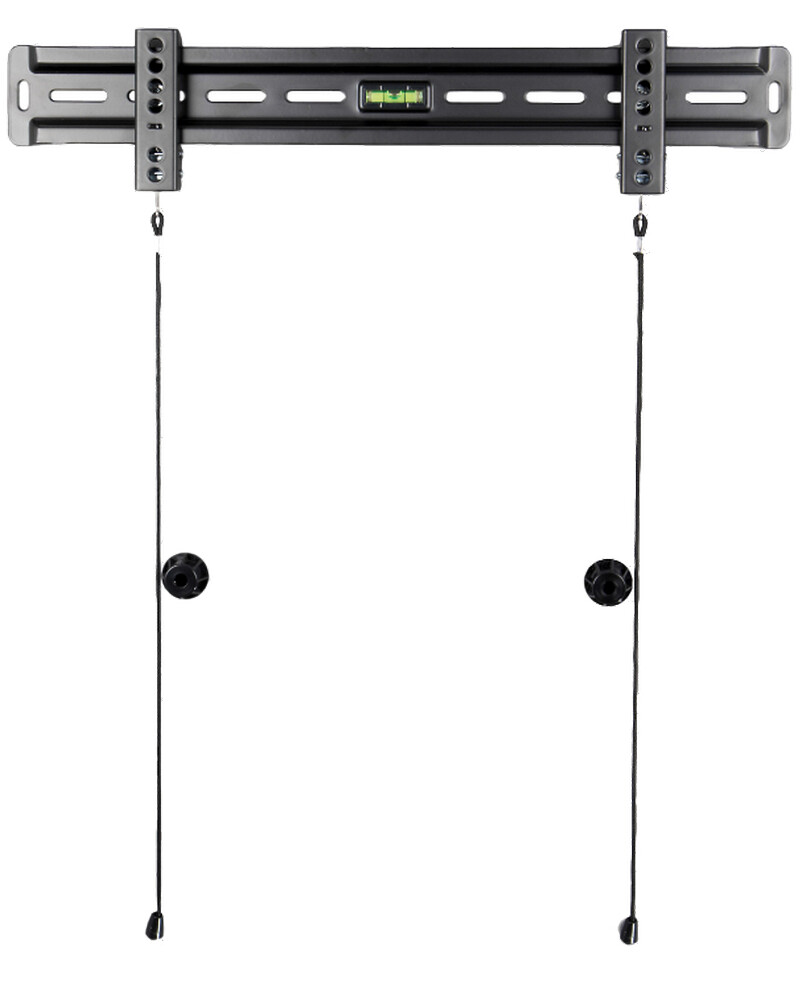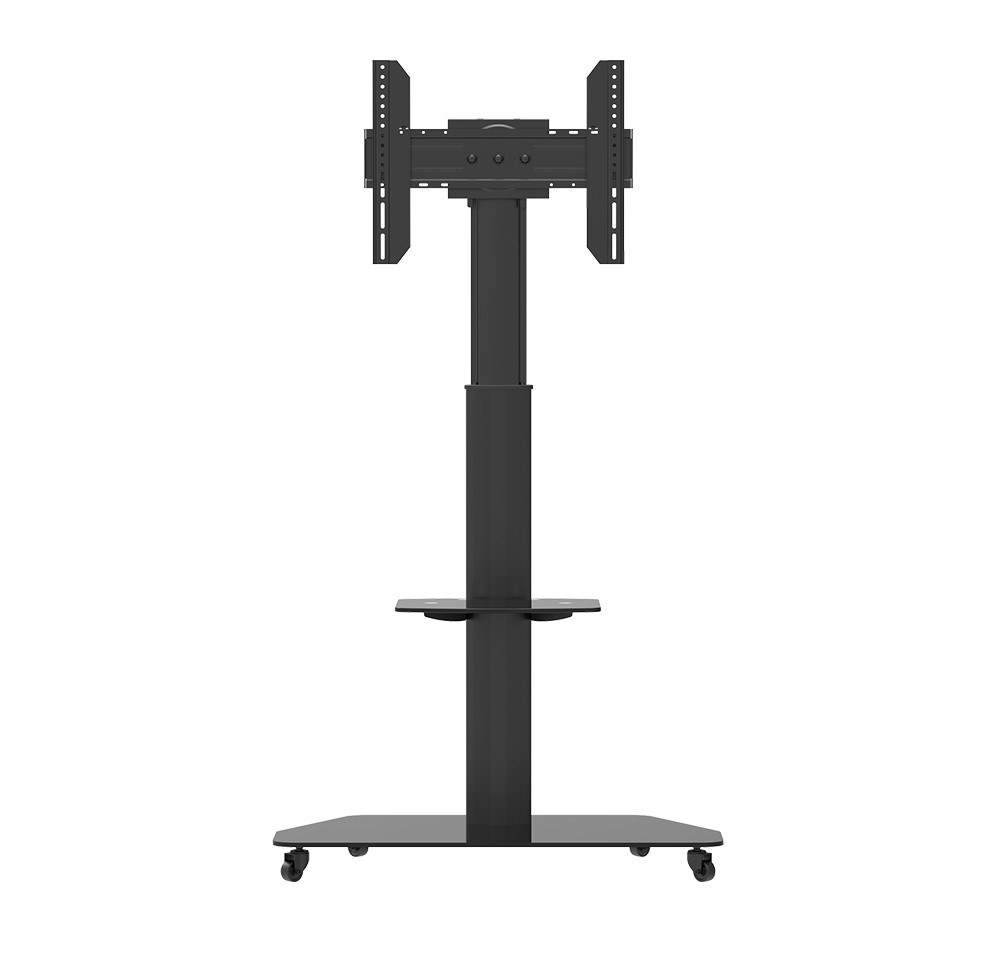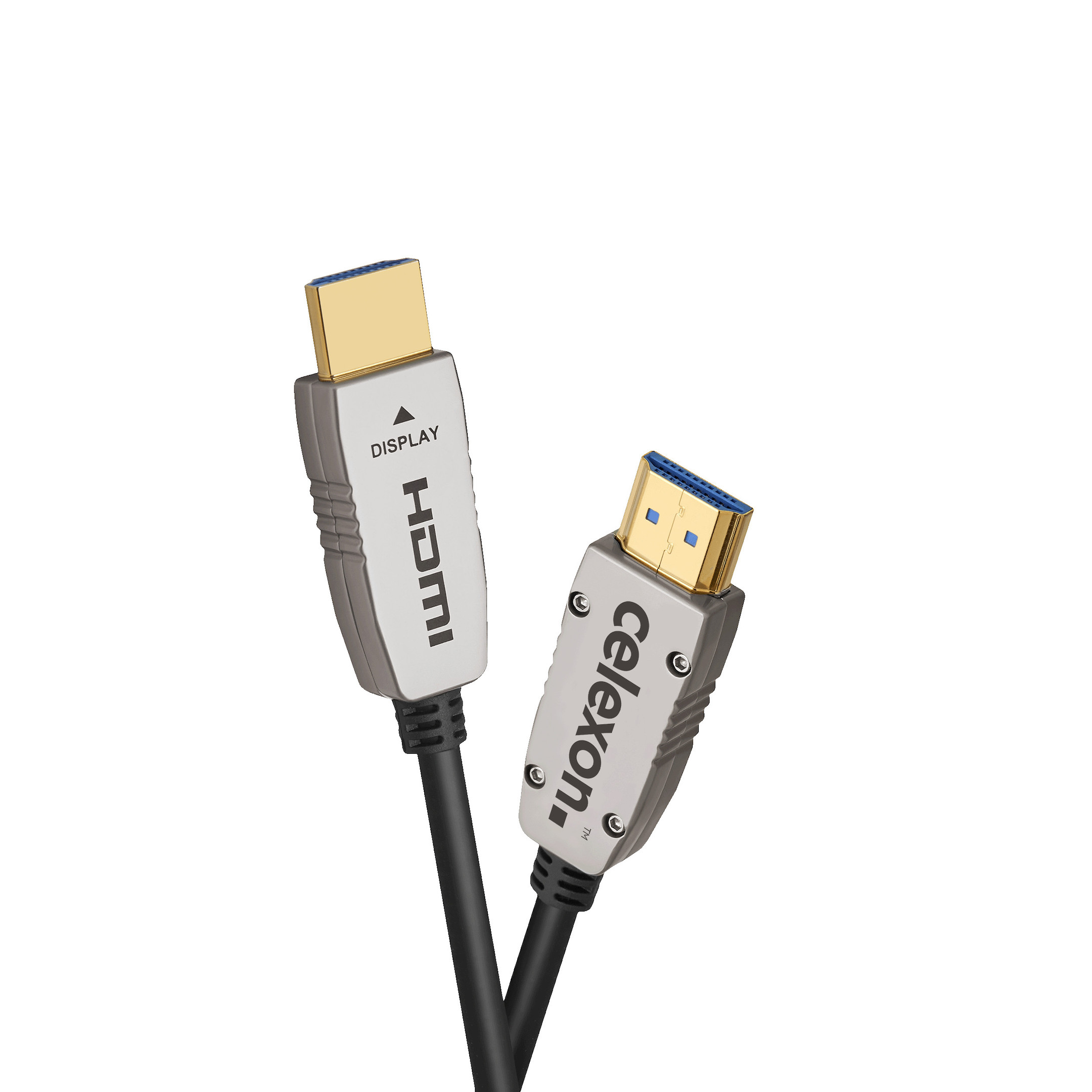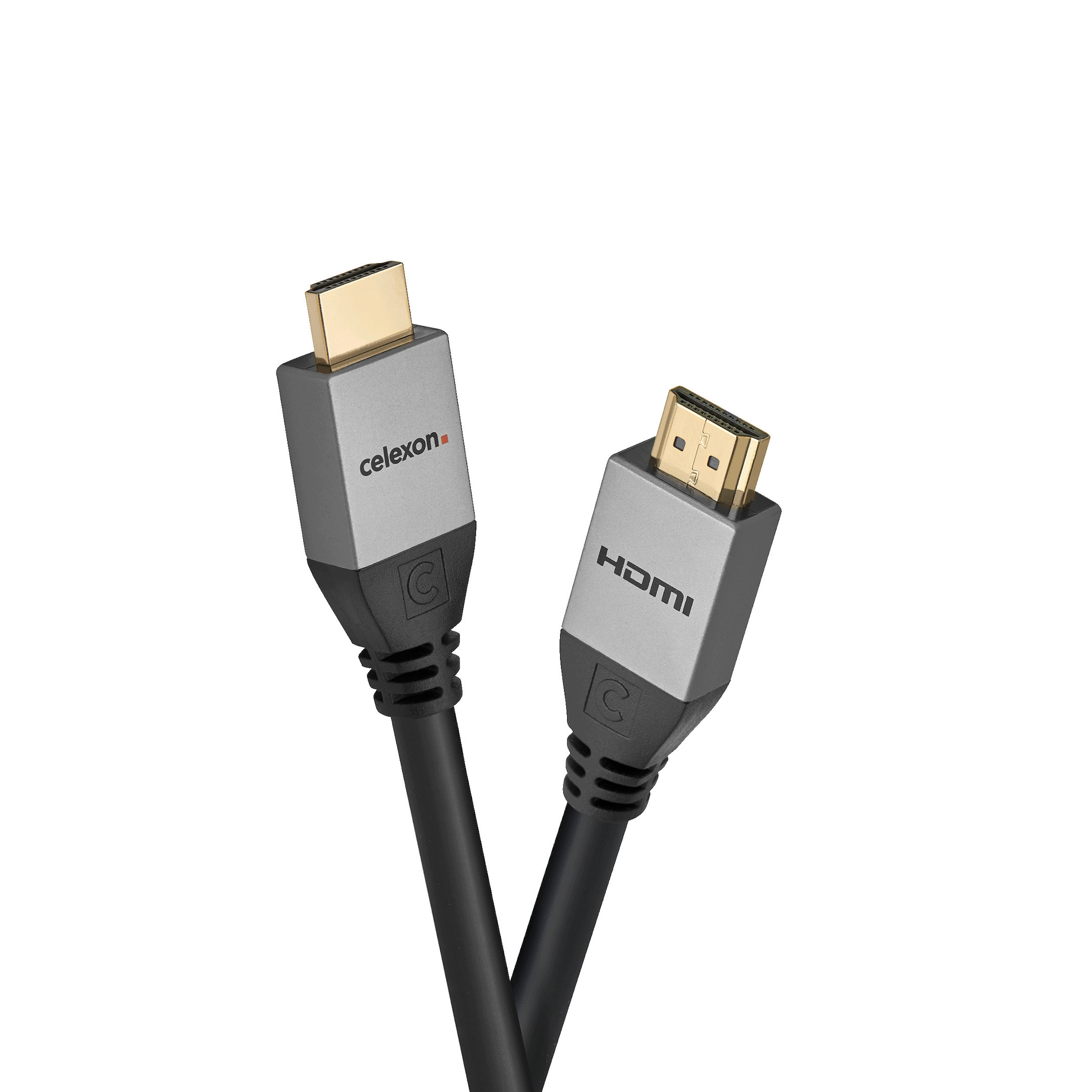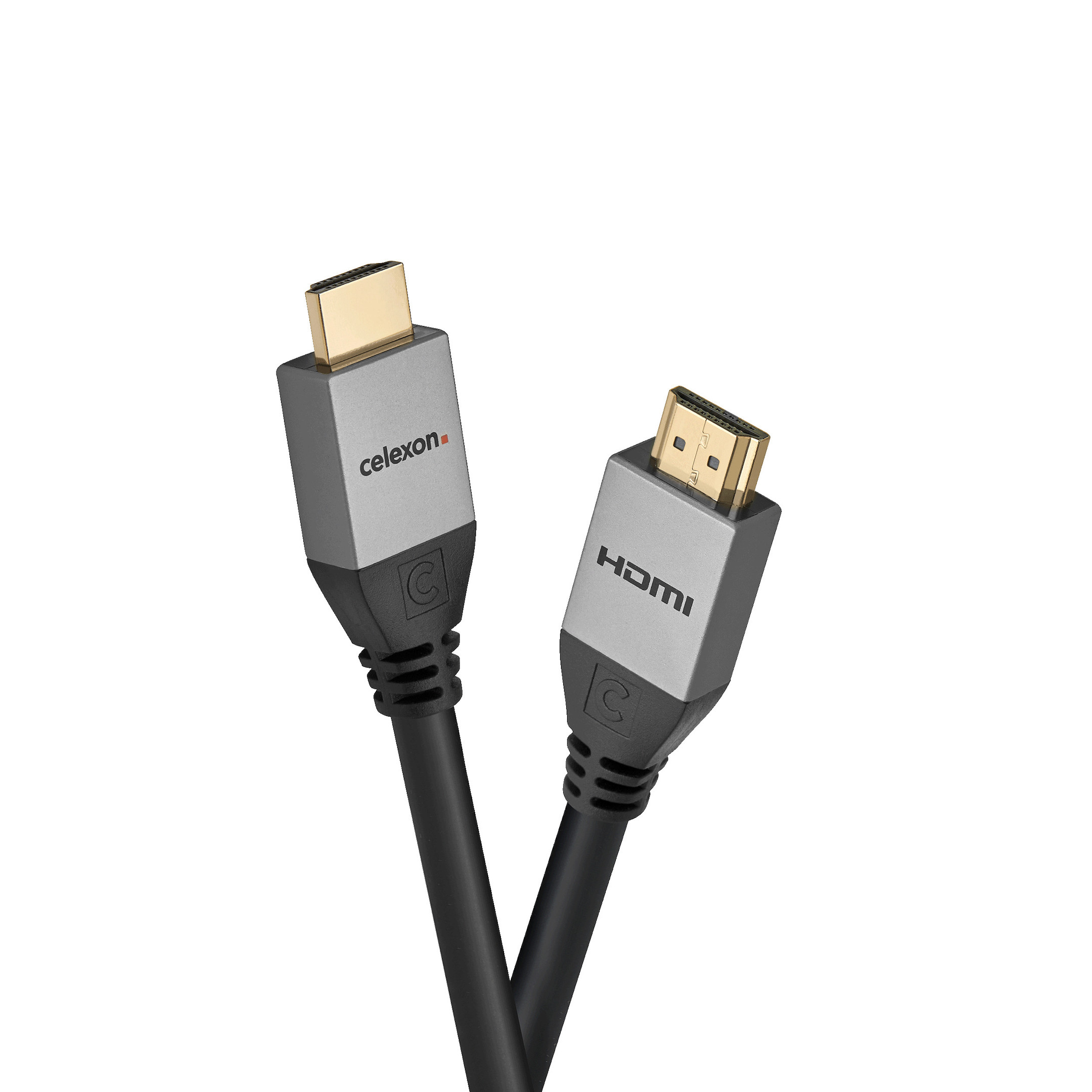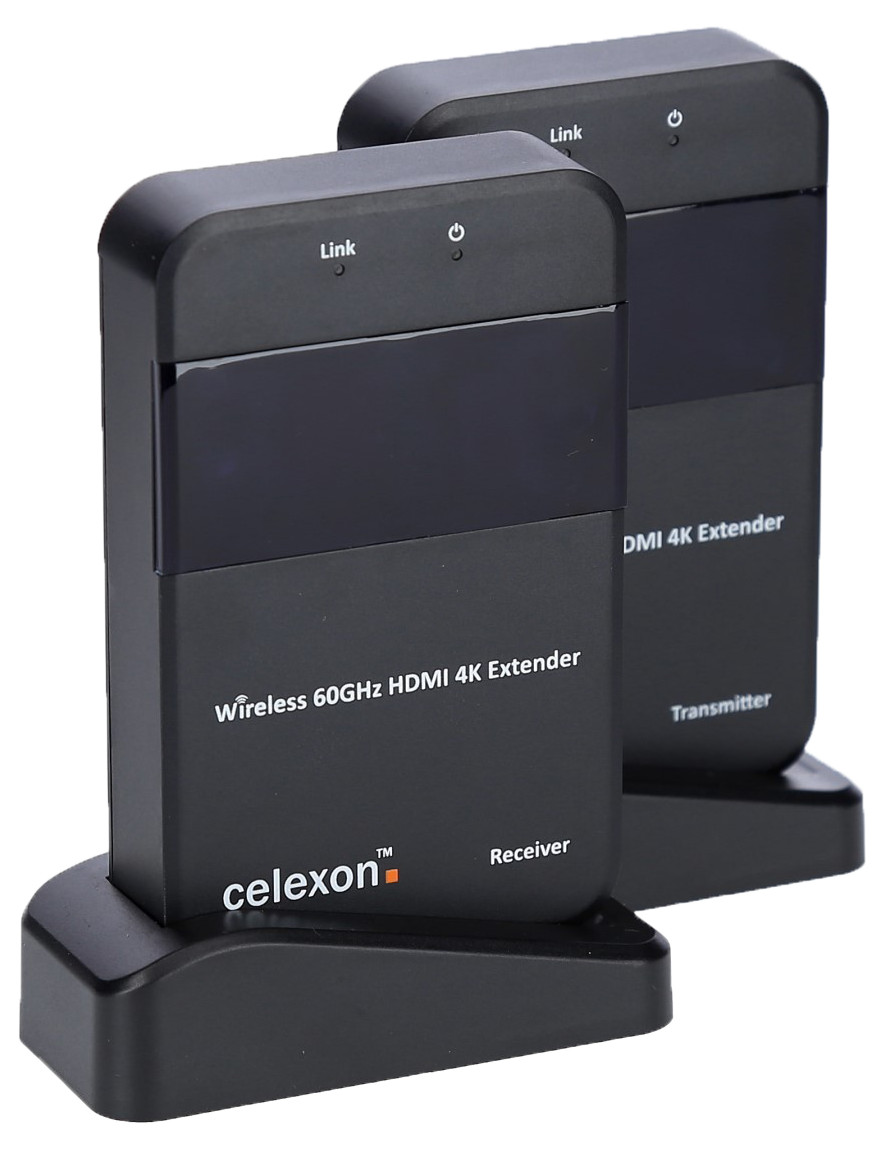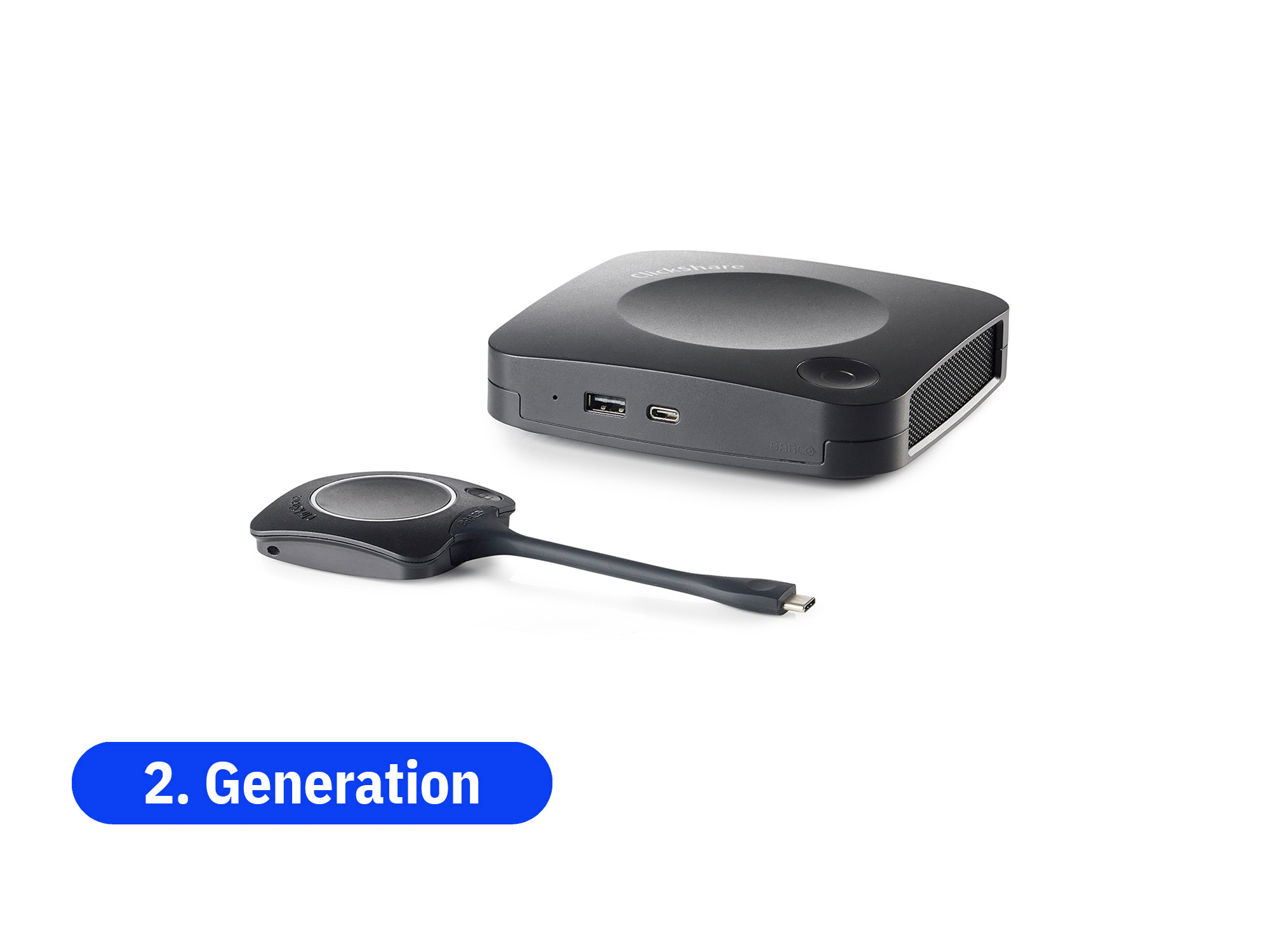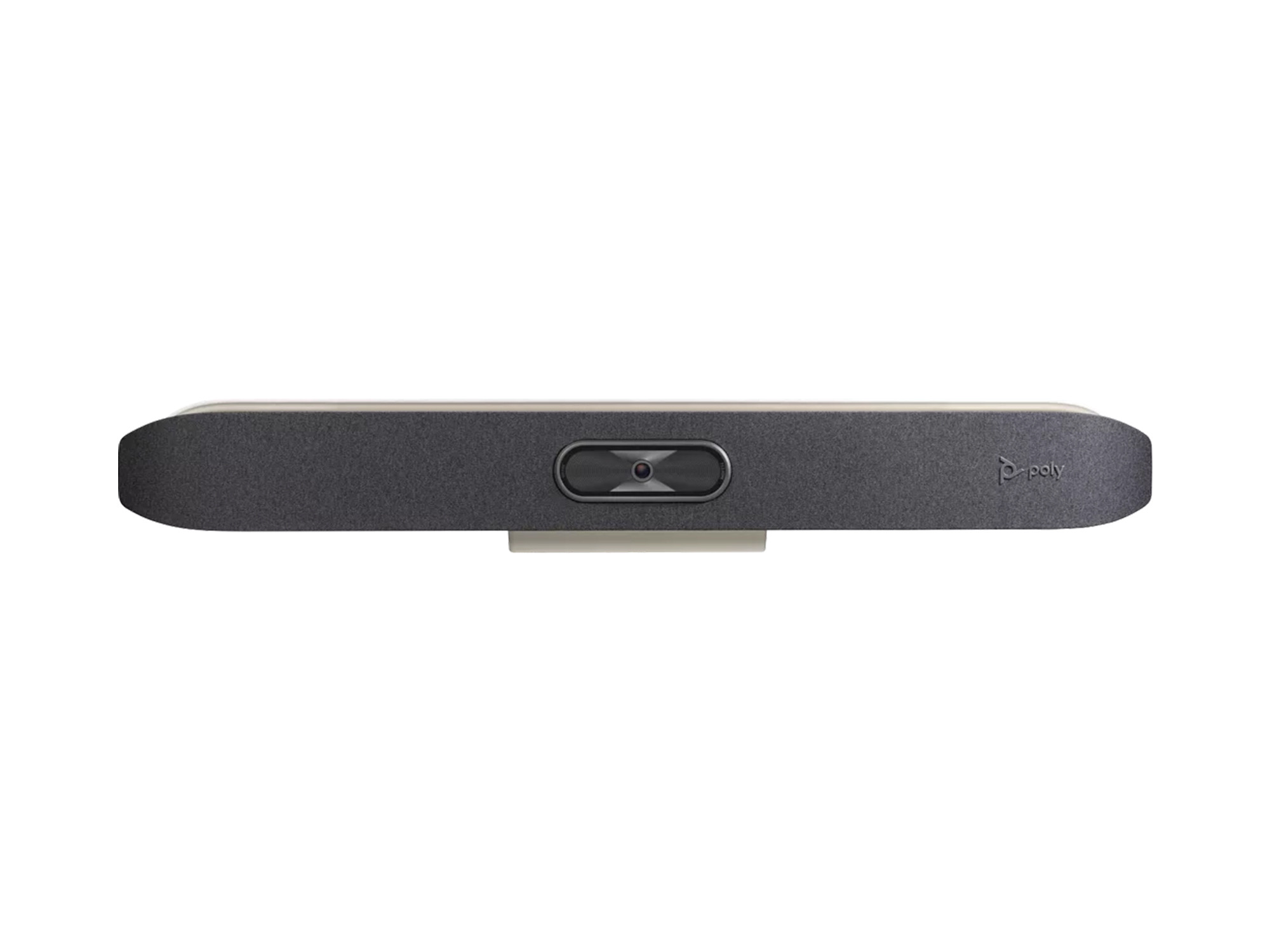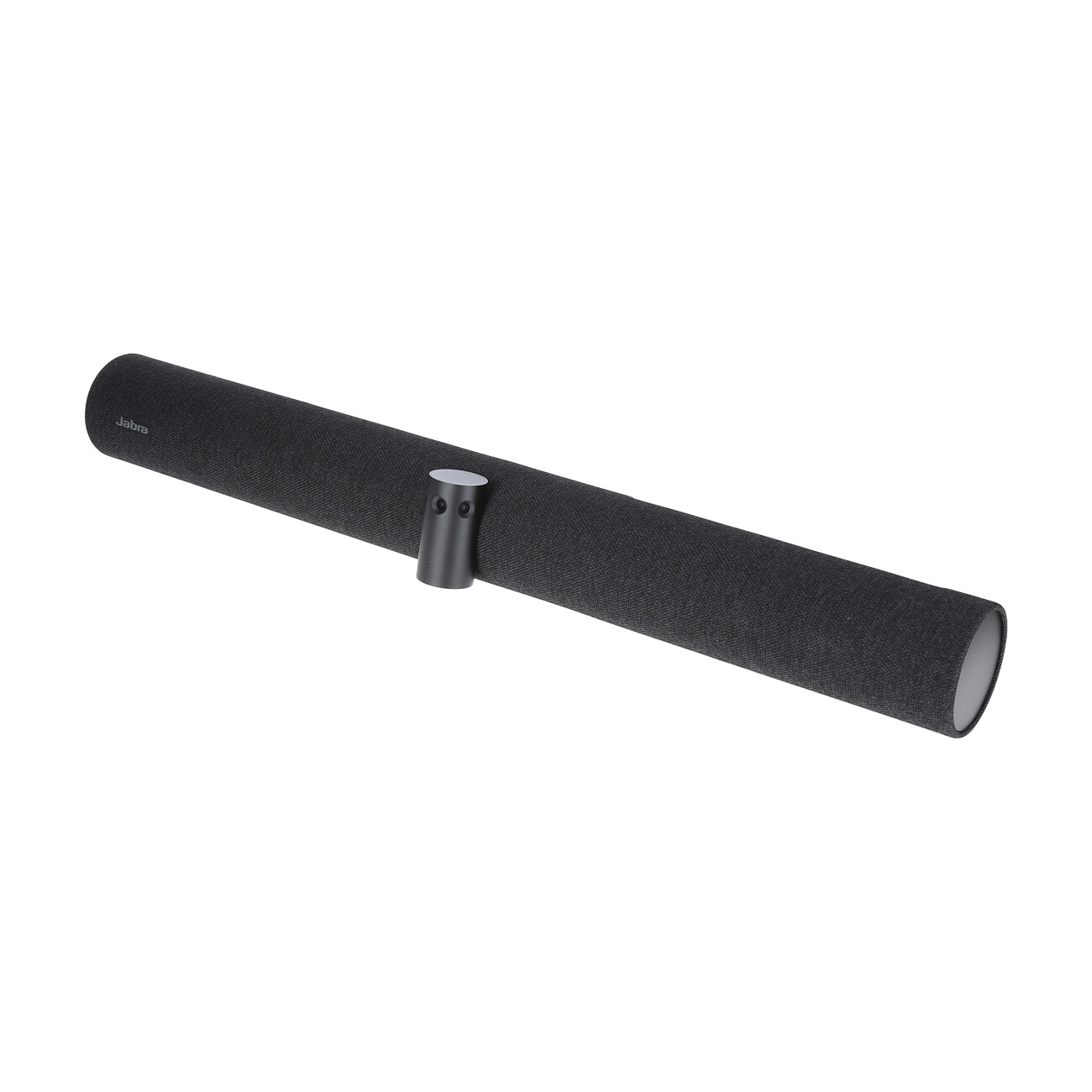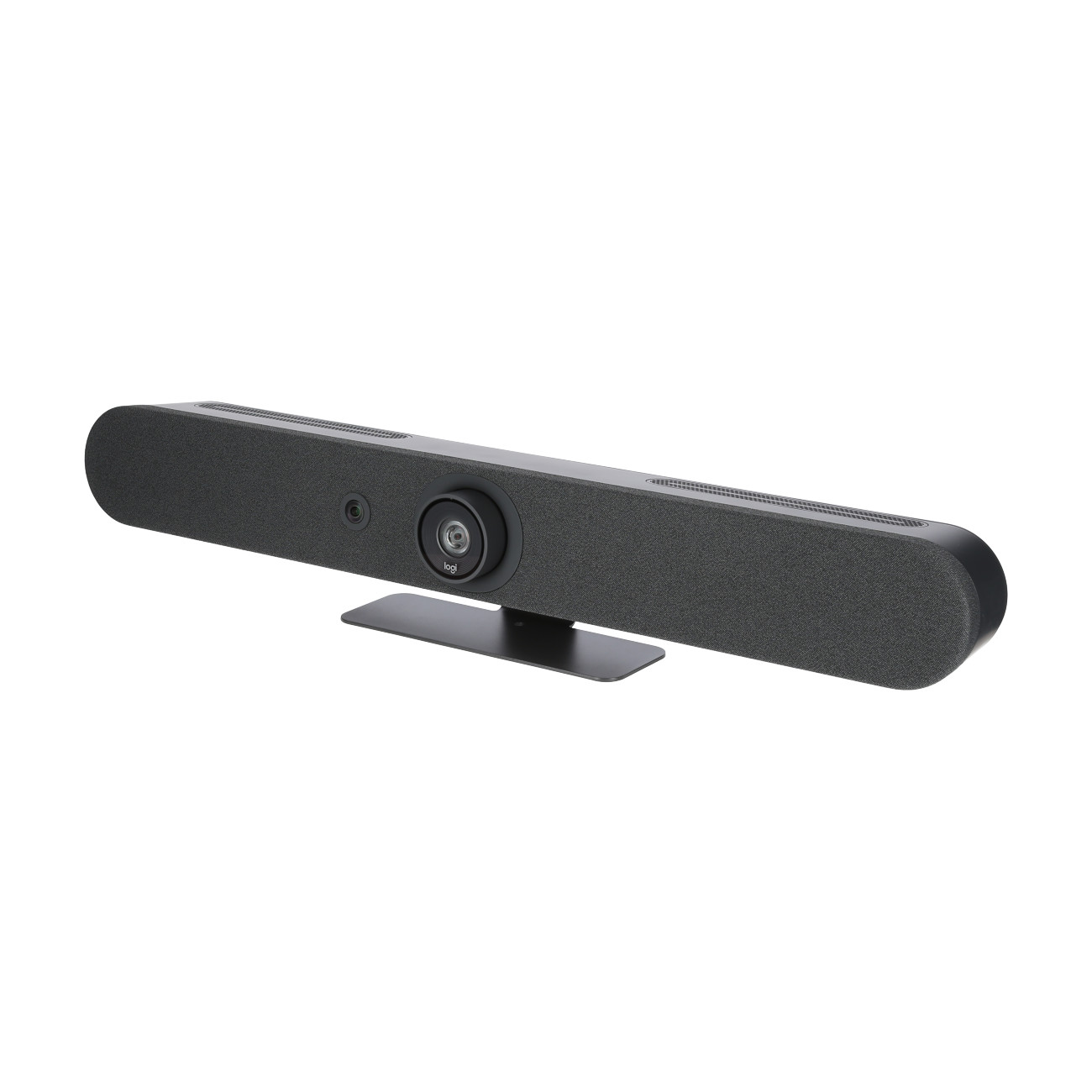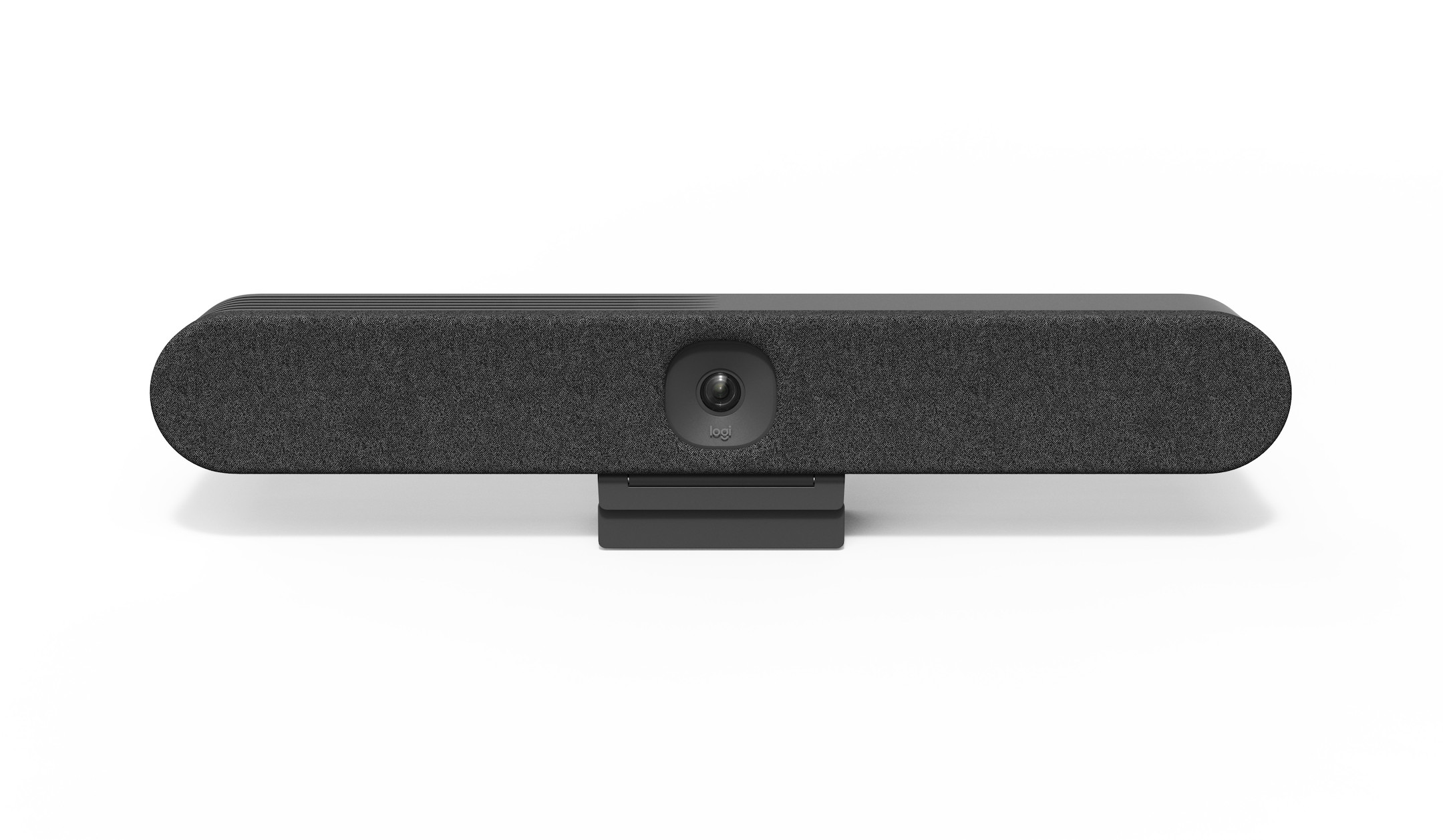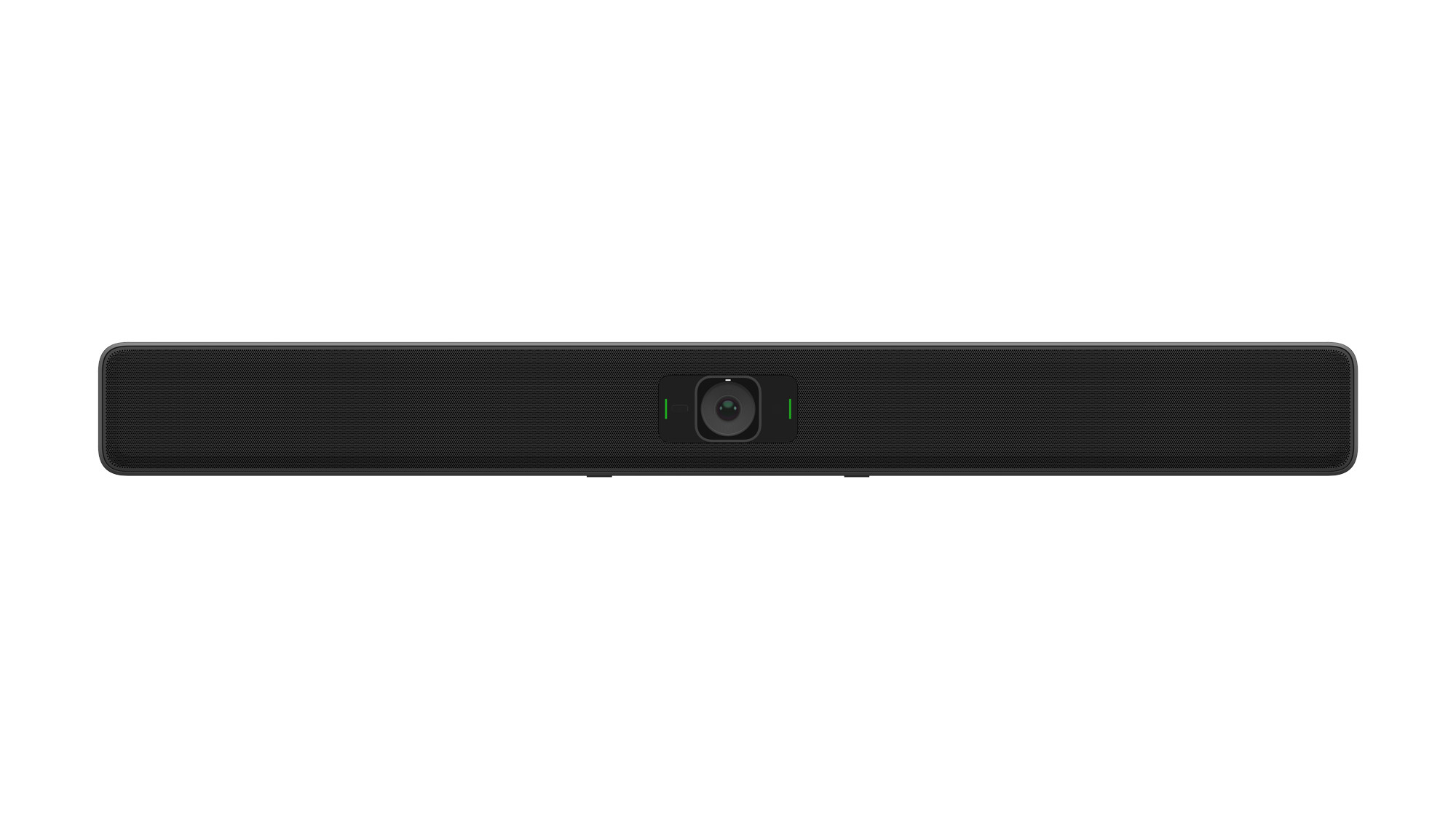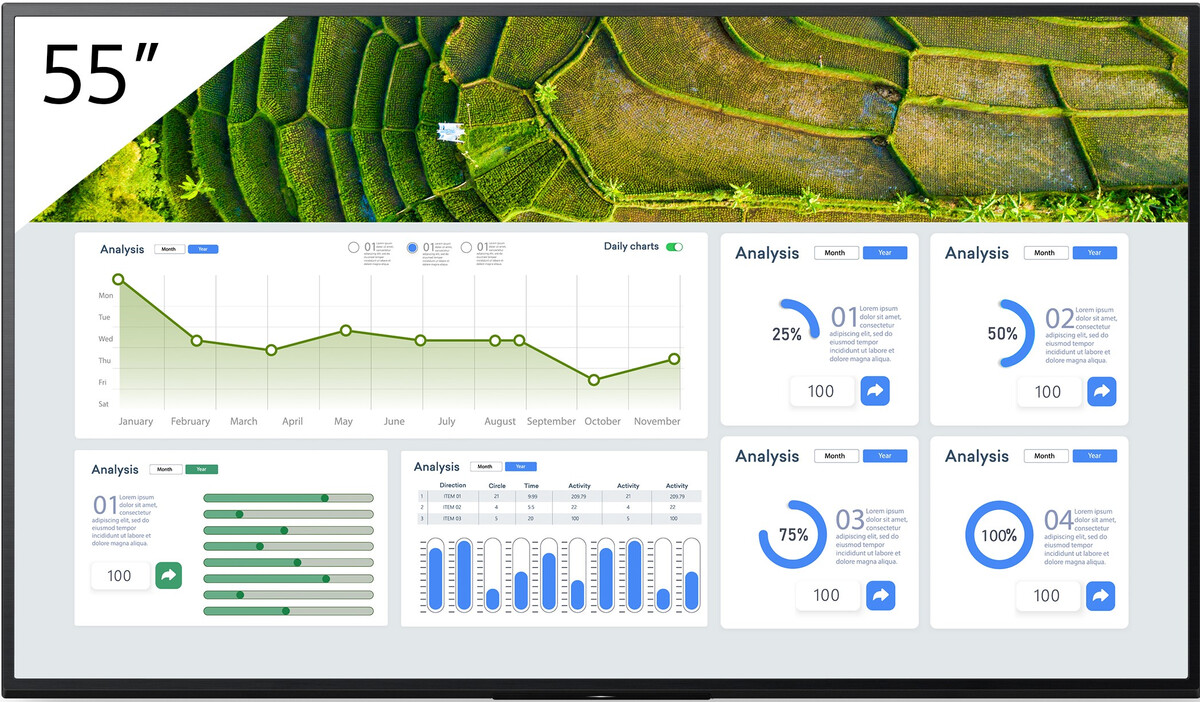























£914.09*
- Resolution 3840 x 2160 4K UHD
- Max. Brightness 440 cd/m²
- Panel type IPS
- Contrast Ratio 300,000 :1
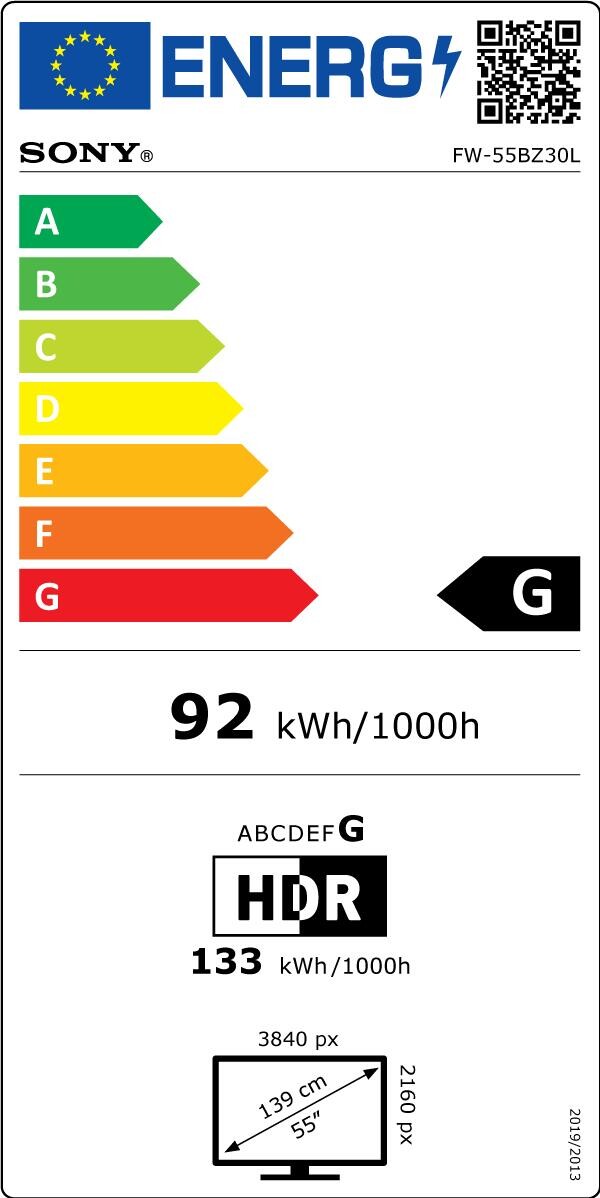


Frequently purchased together
Product information
Specially designed for businesses
The professional display offers user-friendly handling and easy content sharing, as well as numerous customisation options. It adds impact to all your visual communications in retail, corporate and educational environments. Superb 4K HDR picture quality is complemented by flexible customisation options and is packed with user-friendly features for easy integration, setup and content sharing in today's networked AV environments.
The latest Sony imaging technologies are designed to impress any audience. Advanced Sony image processing technologies ensure your content is always presented in the best quality. The panel's extra-wide viewing angle ensures that everyone in the room can enjoy clear, bright images, regardless of their position.
Experience the following highlights:
- Richer, more natural colours, thanks to 4K HDR Processor X1
- Motionflow XR ensures smooth motion
- Flexible installation in portrait or landscape mode in any environment
- Interfaces and Sony logo on the side
- Wireless screen monitoring
Richer, more natural colours
Sony's powerful 4K HDR Processor X1 and TRILUMINOS Pro technology deliver a phenomenal range of rich, lifelike colours that are faithfully reproduced.
Fine details
4K X-Reality PRO processing optimises images so they closely resemble true 4K quality. Images are sharpened and refined in real time, revealing additional detail from lower resolution image sources.
Smoother motion
Motionflow XR provides smoother, more natural on-screen reproduction of fast-moving images.
Flexible installation in any environment
The FW-50BZ30L's sleek, minimalist design ensures flawlessness in any business environment. The display's sleek design is complemented by practical details for seamless integration in retail shops, colleges and corporate workspaces.
Wall-mounting adaptor
The BRAVIA comes with a wall-mounting adaptor that adds flexibility to the display's central orientation in portrait or landscape.
Side interfaces
Interfaces for signal connections, networking, etc. are conveniently located on the side
. are conveniently located on the side for easier installation and access when the display is used in portrait mode.
Unobtrusive logo
The Sony logo is unobtrusively located on the edge of the display bezel without distracting viewers from stunning images.
Corner, portrait and tilt
Install the BRAVIA in portrait or landscape orientation so it fits into any corporate or retail space. For even more flexibility, the display can also be tilted at an angle.
Reliability around the clock
The competition never sleeps: BRAVIA is designed to operate reliably around the clock in the most demanding corporate and business environments.
Special settings for professional use
Professional settings make work even easier and allow you to customise BRAVIA's settings to suit the exact requirements of corporate or retail environments. You can disable input or remote control functions, schedule on/off times, remove labels and lock buttons to prevent tampering when the screen is used in public spaces. Display settings can be customised, saved and easily copied from display to display using a USB stick.
Great images in a snap
No more experimenting with settings. One-step setup offers presets for meeting rooms, vibrant signage, natural signage and graphics that match your environment, for example. Simply select a preset: BRAVIA configures picture mode, input, control settings and more instantly.
Easy multiple screen setup
Configuring multiple screens for large display applications is easier than ever. With the Multi Display Setting (MDS) app, you can create stunning video walls with multiple BRAVIA displays arranged like tiles.
Easy integration
The FW-50BZ30L is made for today's connected world. It offers seamless support for today's leading automation and control platforms, while open APIs simplify integration with third-party solutions.
Signage made simple
It has never been easier to inform and guide visitors with digital signage in retail shops and corporate spaces. With built-in support for HTML5, interactive signage content can be easily displayed with the BRAVIA without the need for a dedicated set-top box, media player or PC. The built-in BRAVIA Signage Free software (BSF) automatically plays HTML content, videos and photos when a USB stick is inserted into the BRAVIA. It's that simple.
Wireless screen monitoring
With built-in support for Apple AirPlay and Google Chromecast, you can easily stream content wirelessly from a handheld device to your BRAVIA.
Easier to connect
Download Google Meet from the Google Play Store and pair the BRAVIA with a compatible webcam for easy video meetings.
BRAVIA ensures sustainability with every scene
The growing demand for ever-larger displays is also increasing the consumption of resources and energy. However, Sony's sustainability commitments are enabling efficiency gains, from product development to screens for customers.
Technical data
| Name | Sony Pro BRAVIA FW-55BZ30L 55" Display |
|---|---|
| Article number | 1000028335 |
| GTIN/EAN | 4548736150065 |
| Manufacturer SKU | FW-55BZ30L |
| EPREL ID | 1392992 |
| Model name | Pro BRAVIA FW-55BZ30L |
| Brand | Sony |
| Product Type | Non-Touch Display |
| Product Series | Sony BZ30 Series |
| Technology | LCD |
| Panel type | IPS |
| backlight | Direct-LED |
| Resolution | 3840 x 2160 4K UHD |
| Diagonal | 55" |
| Aspect Ratio | 16:9 |
| Viewing angle - Horizontal | 178° |
| Viewing angle - Vertical | 178° |
| Contrast Ratio | 300,000 :1 |
| Max. Brightness | 440 cd/m² |
| run-time | 24/7 |
| Response time | 8ms |
| Refresh Rate | 60Hz |
| Haze Level | 1% |
| Support - VESA | 300 x 300 |
| Operating system | Android |
| Inputs | 1x Composite-Video , 1x Ethernet , 2x USB-A , 4x HDMI |
| wireless technology | WiFi |
| Features | Dolby Vision , HDR , HLG , Integrated speaker |
| Certificates | GS tested |
| Product width | 124.3 cm |
| Product height | 72.1 cm |
| Product depth | 7.1 cm |
| Weight | 15.7 kg |
| Colour | Black |
| EEK Spectrum | A to G |
| Energy efficency class | G |
| Condition | New |
| Warranty | 24 Month |
| Warranty type | Bringin service Service and support information |
Downloads
Product safety
| Person responsible for the EU |
|---|
| Sony Europe B.V. |
| Kemperplatz 1 |
| 10785 Berlin |
| Germany |
| info@sony.de |




